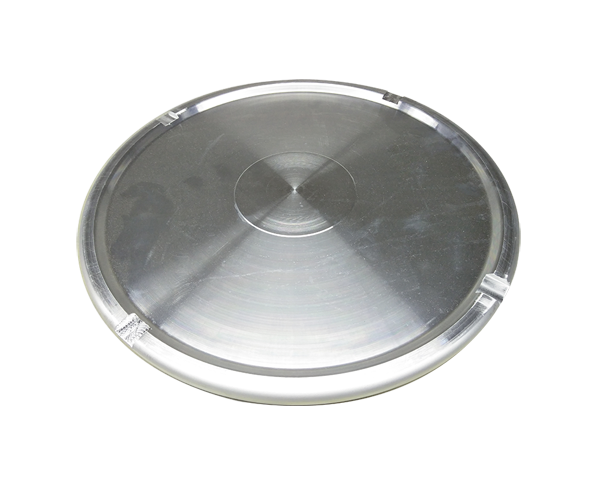2025-08-08 hits:0 source:News

Hardness requirements for die castings are specified based on their intended application, as this property directly influences wear resistance, durability, and performance under mechanical stress. Hardness is defined as a material’s ability to resist indentation, scratching, or deformation, and it is closely related to other mechanical properties such as tensile strength and yield strength. For die castings, which are widely used in industries ranging from automotive to electronics, meeting precise hardness standards ensures reliability and longevity in service.
The choice of material is a primary determinant of hardness. Aluminum alloys, the most common die casting materials, exhibit varying hardness levels based on their composition and heat treatment. For example, the popular Al-Si-Mg alloy (e.g., A380) typically has a Brinell hardness (HB) of 80–100 in the as-cast condition, while heat treatment (such as T6 aging) can increase this to 110–130 HB. This higher hardness makes it suitable for components like engine blocks or gear housings, where resistance to wear and deformation under load is critical. Magnesium die castings, known for their lightweight properties, generally have lower hardness (around 40–60 HB in the as-cast state) but can be alloyed with elements like aluminum or zinc to enhance hardness for applications such as laptop casings or power tools.
Hardness requirements are often application-specific. In the automotive industry, die castings used in brake components or transmission parts may require a minimum Rockwell hardness (HRC) to ensure wear resistance, as these parts are subjected to constant friction and pressure. For example, a brake caliper housing might specify a hardness of 85–95 HRB to prevent premature wear. In contrast, consumer electronics such as smartphone frames may prioritize a balance between hardness and ductility, with requirements for Vickers hardness (HV) to resist scratches during daily use—typically around 80–100 HV for aluminum alloys.
Manufacturing processes also affect hardness. The die casting process itself, including parameters like mold temperature, injection pressure, and cooling rate, influences the microstructure of the casting. Rapid cooling can result in finer grain structures, which generally increase hardness, while slower cooling may lead to coarser grains and lower hardness. Post-casting treatments such as heat treatment or surface coating can further adjust hardness: for instance, anodizing aluminum die castings forms a hard oxide layer (typically 30–50 HV harder than the base material) that enhances wear resistance.
To ensure compliance with hardness requirements, manufacturers use standardized testing methods such as Brinell, Rockwell, or Vickers hardness tests. These tests involve indenting the material with a known force and measuring the size of the indentation to calculate hardness values. By adhering to these requirements, die castings can be relied upon to perform their intended function, whether it involves withstanding mechanical stress, resisting wear, or maintaining structural integrity over time.
Read recommendations:
2020 series aluminum extrusion
Aluminum alloy die casting mold work in three stages.aluminium high pressure die casting
lf you have any questions or comments, you can leave us a message and we will reply to you as soon as possible
